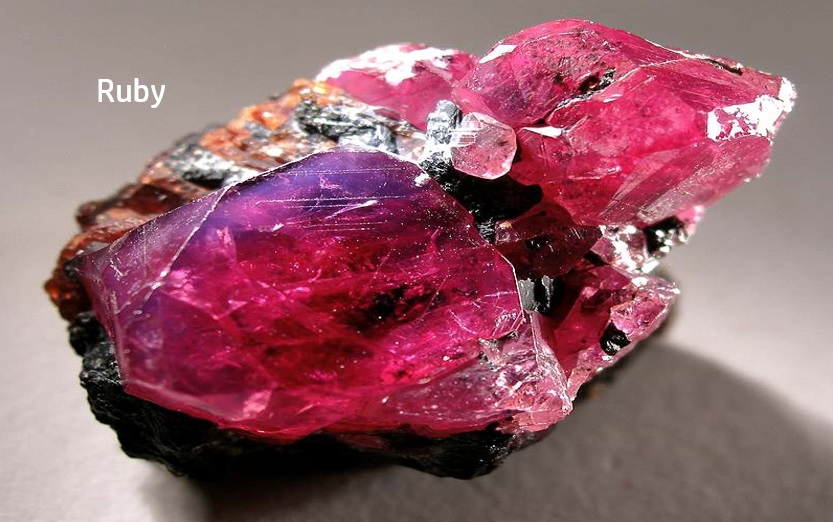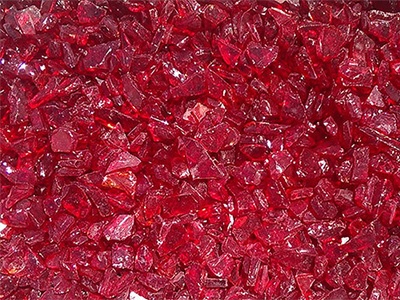Though also found in hues of pink, purple and orange, ruby's most desirable and valuable color is that of the richest and purest of red.

Derivations/Origins: Color/Style/Uniqueness: Size/Budget: Care: Final Application:
Steam cleaning is only safe for rubies that are not fracture-filled or cavity-filled stones. Never steam clean if your ruby is fracture or cavity-filled.
Ultrasonic cleaning is only safe for rubies that are not fracture-filled or cavity-filled stones. Never utilize ultrasonic cleaning if your ruby is fracture or cavity-filled.

Rubies have always been defined through their red hue. The origin of the name actually translates to red (ruber, in Latin) and the precious stone is always associated with it. This fact leads to the symbolism of rubies: passion, love, affection. In history, rubies are reported to have been used to protect Hindus from evil and they also served as trademarks for Chinese warriors. The shades of rubies can vary, ranging from light pink to darker red. The richer the red shade is, the more valuable the ruby becomes. Purple and orange are additional secondary hues, as well as pink. Rubies are evaluated using the same four Cs we explained above, as all precious stones are.